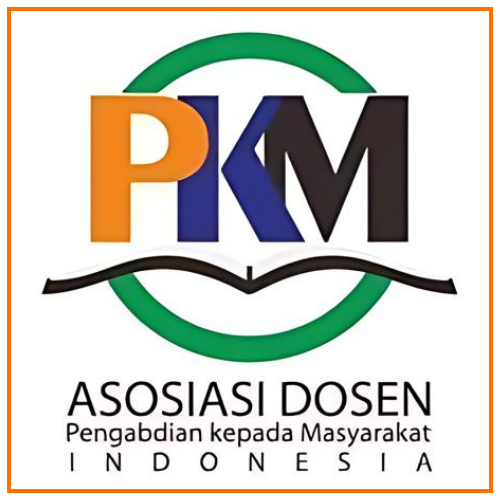Employing Flipped Classroom: A Case Study in Indonesian EFL University Context
Abstract
Key Words: Flipped Classroom, EFL, Bloom’s Taxonomy, Mastery Learning, Constructivism
Full Text:
PDFReferences
Aburezeq, I. M. (2020). The Impact of Flipped Classroom on Developing Arabic Speaking Skills. Asia-Pacific Education Researcher, 29(4), 295–306. https://doi.org/10.1007/s40299-019-00483-z
Afrilyasanti, R. (2017). Indonesian EFL Students’ Perceptions on the Implementation of Flipped Classroom Model. 8(3), 476–484.
Ansori, M., & Nafi, N. N. (2019). English Teachers'perceived Benefits and Challenges of Flipped Classroom Implementation. Jeels (Journal of English Education and Linguistics Studies), 5(2), 211-228.
Bergmann, J., & Alexandria, A. S. (2012). Flip Your Classroom: Reach Every Student in Every Class Every Day. In Teaching Theology & Religion (Vol. 17, Issue 1). https://doi.org/10.1111/teth.12165
Bloom, B. S. (1956). Taxonomy of educational objectives: The classification of educational goals: Cognitive Domain. Longman.
Braun, V., & Clarke, V. (2006). Using thematic analysis in psychology. Qualitative research in psychology, 3(2), 77-101.
Borit, M., & Stangvaltaiteâ€Mouhat, L. (2020). GoDental! Enhancing flipped classroom experience with gameâ€based learning. European Journal of Dental Education, 24(4), 763-772.
Chang, B. (2019). Reflection in learning. Online Learning, 23(1), 95-110.
Forsey, M., Low, M., & Glance, D. (2013). Flipping the sociology class: Towards a practice of online pedagogy. Journal ofSociology, 49(4), 471–485.
Hoffmann, S. (2014). Beyond the flipped classroom: Redesigning a research methods course for e3 instruction. Contemporary Issues in Education Research, 7(1), 51–62.
Hollweck, T. (2015). Robert K. Yin. (2014). Case Study Research Design and Methods. Thousand Oaks, CA: Sage. 282 pages. Canadian Journal of Program Evaluation, 30(1).
Osman, S. Z. M., Jamaludin, R., & Mokhtar, N. E. (2014). Flipped Classroom and Traditional Classroom: Lecturer and Student Perceptions between Two Learning Cultures, a Case Study at Malaysian Polytechnic. International Education Research, 2(4), 16–25. https://doi.org/10.12735/ier.v2i4p16
Rajaram, K. (2019). Flipped Classrooms: Providing a Scaffolding Support System with Real-time Learning Interventions [J]. International Journal for the Scholarship of Teaching and Learning, 9(1), 30-58.
Vygotsky, L. S., 1978. Mind in society: The development of higher psychological processes (M. Cole, V. John-Steiner, S. Scribner & E. Souberman., Eds.) (A. R. Luria, M. Lopez-Morillas & M. Cole [with J. V. Wertsch], Trans.) Cambridge, Mass.: Harvard University Press. (Original manuscripts [ca. 1930-1934]).
Zainuddin, Z. (2017). First-Year College Students' Experiences in the EFL Flipped Classroom: A Case Study in Indonesia. International Journal of Instruction, 10(1), 133-150.
Zainuddin, Z., & Attaran, M. (2015). Malaysian students’ perceptions of flipped classroom: a case study. Innovations in Education and Teaching International, 53(6), 660–670. https://doi.org/10.1080/14703297.2015.1102079
DOI: https://doi.org/10.37058/jelita.v1i2.4451
Refbacks
- There are currently no refbacks.








Journal of Education, Language Innovation, and Applied Linguistics
Lembaga Penelitian, Pengabdian Kepada Masyarakat dan Penjaminan Mutu Pendidikan (LP2M-PMP) Universitas Siliwangi
Jalan Siliwangi Number 24, Kota Tasikmalaya - 46115
West Java, Indonesia











